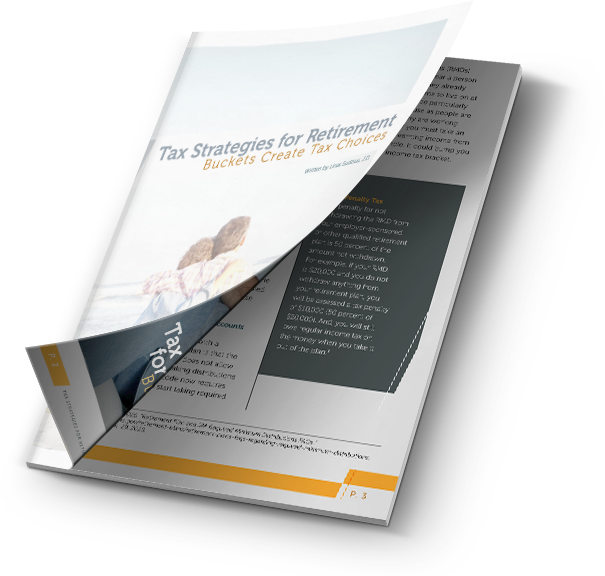The Art of Managing Retirement Assumptions
As we grow older, the dream of retirement gets closer and closer, but for most, this can be a very stressful time. Before retirement, the last few months at work is a time to prepare. Although it is impossible to have a definitive picture of your retirement, you can put reasonable expectations on how you will live, and how much you need to live comfortably once it’s time to retire, however that is easier said than done. A retirement plan is built on a set of assumptions that can’t be validated until it is too late, but carefully planning and setting conservative assumptions is the key to success when heading into retirement.
In this era, online retirement calculators make it so easy. Pick a retirement date, estimate your living expenses in retirement and choose an inflation rate. Figure out your rate of return for your investments, guess how long you think you’ll live, and plug the figures into the calculator which will tell you just how much you need at retirement in order to receive the income you will need. Easy, right?
The problem here is that even if one of your presumptions is off, your entire plan may fail. For example, the difference between a 5% and a 6% return on a $1 million portfolio over 30 years is more than $1.5 million ($4,467,744 vs. $6,022,575). If you have annual living expenses of $60,000 now, in 30 years you’ll need an annual income of $147,410 if inflation averages 3%, but just $109,272 if it averages 2%- a difference of over $38,000. Additionally, if a portfolio withdrawal rate is set to last to age 90 and you live until 91, the plan has failed.
According to a research report by LIMRA, the public is generally unprepared for retirement preparation. It shows that people underestimate their retirement income, and how much they will spend in retirement to maintain their lifestyle. Additionally, they do not plan for contingencies, as many workers retire before they expect to due to disability, or job loss. This may cause those to receive retirement plan benefits in a lump sum, failing to recognize the difficulty of self-insuring longevity. Unfortunately, the study also stated that many retirees and pre-retirees do not seek professional help. By not seeking a competent advisor, they fail to explore the best investment options for their situation, and the opportunities for potential maximization of their retirement assets are lost.
Not seeking help from an advisor is very risky. The biggest challenge the public faces when trying to plan their own retirement is that they do not know what reasonable expectations are. Is it reasonable to expect a 6% rate of return annually and consistently over 30 years? Is a 3% inflation rate realistic? Will tax rates stay the same? The answer is well, we really do not know. But we do know the potential consequences if you’re wrong. Arguably, the most significant consequence s outliving your life expectancy. By this time, it is too late to do anything about it. Underestimating life expectancy (and in turn, health care presumably) is very devastating.
With all of that being said, there are ways to mitigate these potential mistakes. By speaking with a professional, you can increase the accuracy of these assumptions. By understanding the markets and the economy, coupled with their experience, advisors can give you a specialized advantage over the “easy” retirement calculators. Pair this with your unique information, such as your life expectancy, and the stress of guessing “correctly” is much less concerning.
Ready to Take The Next Step?
For more information about any of the products and services listed here, schedule a meeting today or register to attend a seminar.


 Instantly download this 10-page guide to discover:
Instantly download this 10-page guide to discover: